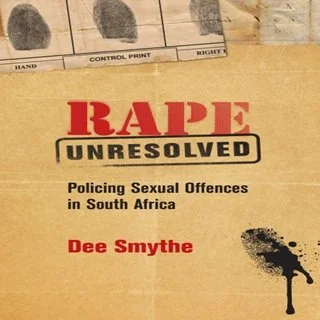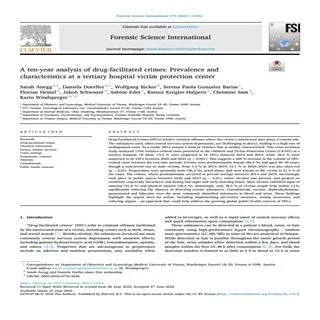By Sarah Anderson and Lisel Petis
For decades, the justice system has failed to recognize how deeply intertwined women’s victimization and criminalization are. A serious response requires policies that account for trauma, economic instability, relational dynamics, health differences, and other factors that drive many women into the system. Executive Summary Far too often, when a woman meets the justice system, it is first as a victim of violence and later as a defendant charged with criminal activity. As victims, it is not uncommon for women to find their voices lost in the criminal justice discussion. As defendants, relevant context, including trauma, coercion, and the fight to survive, is rarely considered in courtrooms—especially in cases of self-defense, substance misuse, and human trafficking. This lack of acknowledgment leaves women doubly failed: They are denied justice when harmed, and they are punished harshly if victimization later shapes their actions. The rapid increase of women in the justice system over the past 40 years has exposed how poorly equipped current policies are to respond to the realities of women’s experiences and specific needs. Traditional reforms have focused on men in the justice system, overlooking that women’s pathways into the system are frequently rooted in abuse, caregiving pressures, and economic instability. By failing to recognize the distinctneeds of women, the system has expanded incarceration without improving public safety or addressing the underlying drivers of women’s involvement in the justice system. This policy paper explores women’s involvement with the justice system in three primary contexts: as victims, as defendants, and as both. Across these forms of justice system involvement, common themes emerge: low reporting and conviction rates for gender-based violence; rising rates of female incarceration tied to poverty, substance misuse, and punitive policies; and persistent issues in offering effective approaches for victim-defendants (i.e., those whose criminal behavior stems from abuse). The result is a system that broadly fails to deliver safety, fairness, or legitimacy. Key Policy Recommendations: • Strengthen victims’ rights and recourse by enacting notification laws, guaranteeing rights to proceedings, training system practitioners in trauma-informed approaches, and expanding the availability of victimcentered alternatives to prosecution • Improve justice for female defendants by integrating gender-responsive programming and reentry practices, providing access to gender-specific health supplies and services, adopting clear policies and oversight around pregnancies, and investing in specialized courts • Protect and support victim-defendants by granting victim immunity, passing survivor justice laws, adjusting mandatory arrest laws and laws meant to prevent sexual abuse in carceral settings, and training criminal justice professionals in trauma-informed practices.
R Street Policy Study No. 335 Washington,DC: R Street, 2025. 18p.





